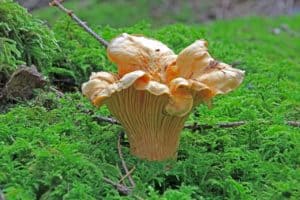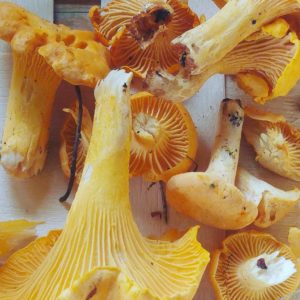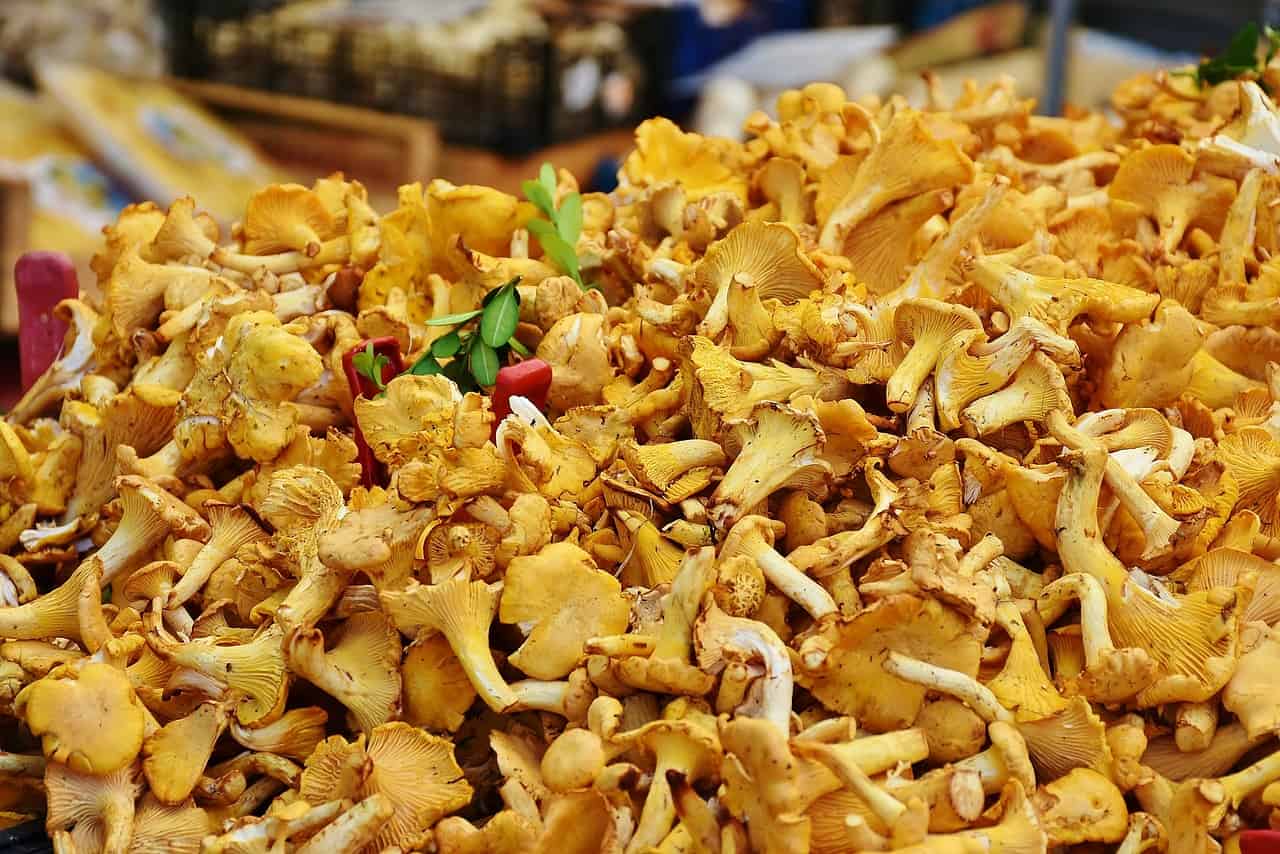 When Do Chanterelles Grow?
When Do Chanterelles Grow?
These golden beauties are widely sought around the world. Chanterelles are a top find of foragers and popular with chefs. So far, chanterelles are not able to be commercially cultivated, so if you want them, you need to forage or buy them. Being that they’re one of the five most expensive wild mushrooms in the world, foraging is a much better option. Hopefully, they grow where you live!
Chanterelle Season
In the eastern United States, chanterelles fruit from early spring through late summer. The length of the season is dependent on weather conditions. By autumn, they are done.
In the western United States, chanterelle season is from September through February. Again, the length of the season is entirely dependent on the weather. Chanterelles are found throughout the United States, except for Hawaii.
These mushrooms grow in the same spot year after year. If you find a patch, mark it on a map and keep it secret! Take good care of the mushroom patch, never picking more than you need, and never yanking the chanterelles up from the ground. If you treat the patch well, it will reward you year after year. Chanterelles are a colony with a symbiotic relationship with nearby trees. This relationship needs to be honored and maintained for yearly flushes to occur.
Growing Conditions
Chanterelles like a hot sauna. Flushes will dot the woods after a long drenching rain followed by hot, humid days. This isn’t so much fun for the forager, but the golden prizes for withstanding the weather are worth it!
It takes a few days after the heavy rain for the mushroom to fruit, so be patient. In times of extended drought, they won’t show up at all.
Chanterelles grow individually in colonies. This means that there are usually many growing near each other. If you see one, keep looking!
Foraging Tips
- Pay attention to the weather.
- Seek out old-growth pine groves.
- Only harvest by cutting the base of the stem. Never ever pull them up. The fragile relationship between chanterelle mycelium and host tree needs to be maintained for them to fruit the following year.

Types of Chanterelle
Orange (Cantharellus cibarius, C.velutinus, C.lateritius)
The different subspecies range in orangeness, with some being closer to peach or pink in color. In general, though, they are considered orange. The flavor between the types is quite similar. Orange chanterelles taste like apricots and almonds, with a slight peppery flavor.
Cinnabar (Cantharellus cinnabarinus)
Tiny and brilliantly red, these sweet gems are hard to miss on the forest floor. They are significantly smaller than their C. cousins. Many foragers bypass these because they are so little, and it takes a lot of time to gather enough for a meal. They do grow abundantly, though, so if you have the time and patience, gather them up.




